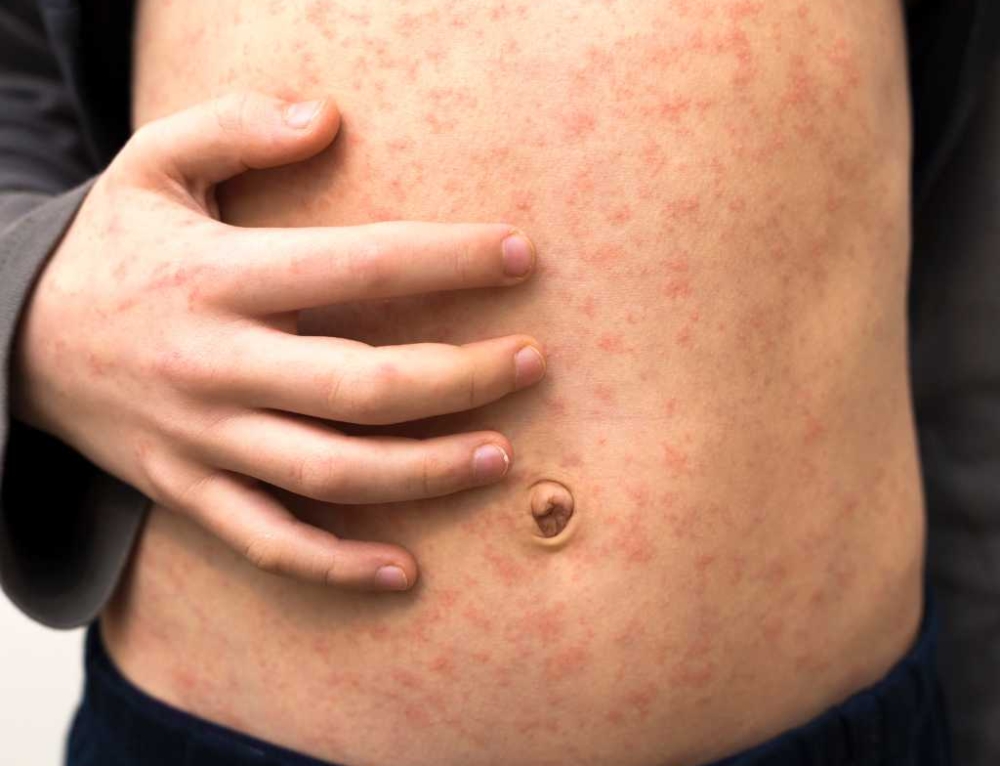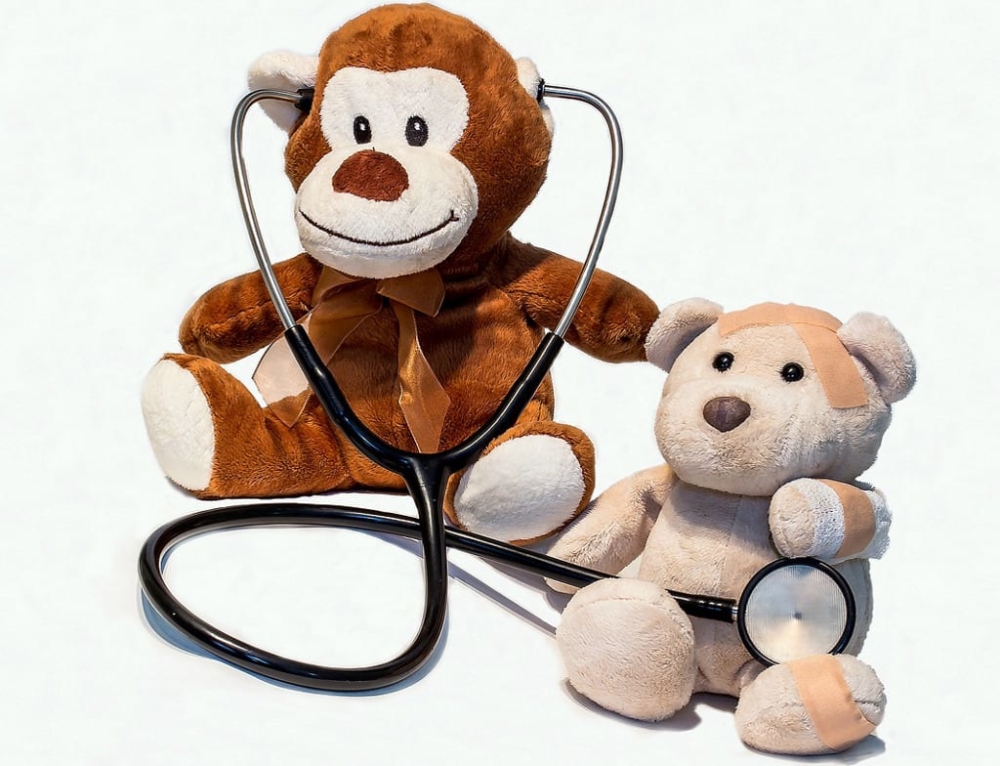Many childhood illnesses are caused by bacteria and viruses. Although children receive a certain amount of natural protection from mums during pregnancy and breastfeeding, they are still susceptible to colds, flu, and various bacteria. Although bacterial and viral infections are rarely serious, they can, left untreated, interfere with your child’s development and sap their energy.
Bacteria vs. viruses
Bacterial and viral infections often produce the same symptoms but are not caused by the same mechanisms. Simply put, bacterial infections are caused by bacteria and viral infections are caused by viruses. Some bacterial and viral infections are contagious, others are not.
What are bacteria?
Bacteria are actually tiny, living organisms that make people sick when they get into the body. Bacteria can grow on surfaces such as countertops and door handles where your child can pick them up by touching things. They can also be spread from person to person. Bacterial infections can be treated with antibiotics. The most nuisance bacterial infections in winter tend to settle on the chest or infect your sinuses. It is said that if sputum or mucus is green, yellow or greyish in colour that it indicates it is a bacterial infection, and if it is clear it is more than likely to be a viral infection.
What are viruses?
Unlike bacteria, a virus is not a living organism, but rather a bit of genetic material that requires a living organism, like a person, an animal, or a plant, to grow and multiply. And, unlike bacteria, viruses can’t survive for long on surfaces. Viruses are treated with antiviral medications. A virus tis a short lasting occurence (typically seven days) that can be characterised by hot and cold sweats, aching muscles and sore joints.
A word about antibiotics
Antibiotics are used to treat bacterial infections. Antibiotics cannot be used to treat viral infections. Due to the overuse of antibiotics to treat and prevent all types of infections, some bacteria and viruses have become resistant to treatment, meaning that people have to take antibiotics in larger doses and for longer periods to kill the bug making them sick. Scientists worry that antibiotics may eventually become useless if we don’t stop overusing them.
So, listen to your child’s doctor, give your child his medication as directed, and continue giving your child all his medication even if he feels better after a day or two. The key to ensuring antibiotics will always work when your child needs them is to use them as prescribed.






Leave A Comment
You must be logged in to post a comment.